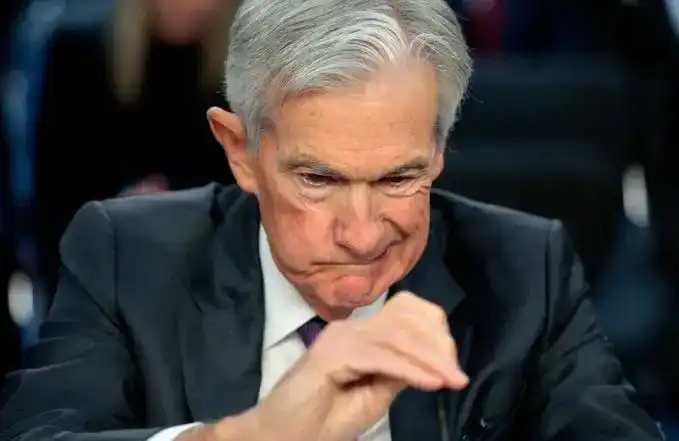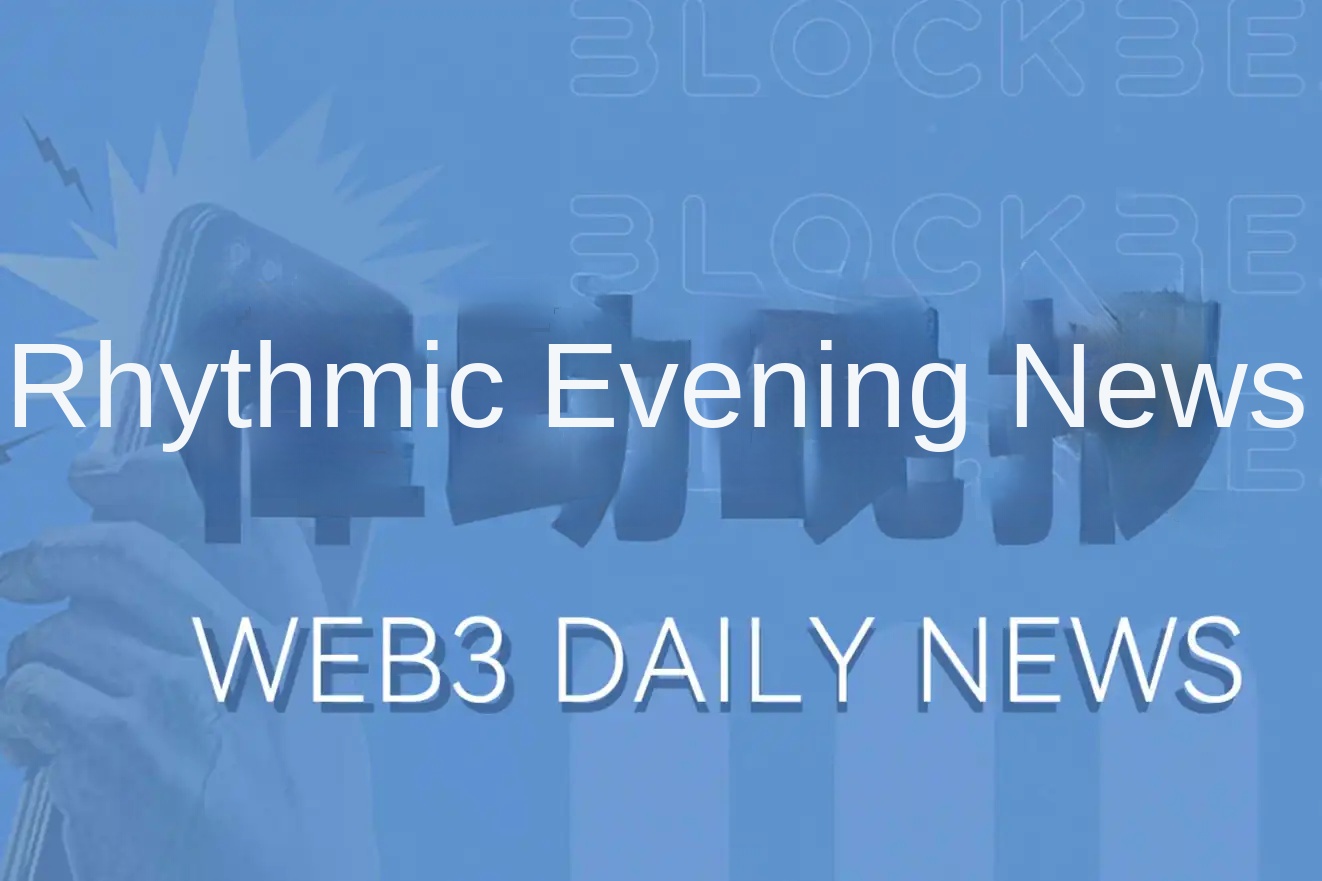Conversation with Do Kwon, founder of Luna: UST’s bitcoin bet
Source of content: "Unchained Podcast" Ep.335
Content arrangement: 0x137, Rhythm BlockBeats
Since January 27th, the Bitcoin holdings in the addresses marked as Luna Foundation Guard (LFG) have been increasing, with an average of two days Increased holdings of about 3,000 BTC.

Luna Foundation position data, the rhythm will continue renew
The development of Terra has become a huge ecosystem that cannot be ignored in the encryption industry. TVL is second only to Ethereum and UST has also become the No. Four major stablecoins. But while the ecology continues to grow, many people are beginning to worry about the risk of LUNA's death spiral.
Previously, Tether’s USDT also held some BTC as collateral, so many people regard LFG’s purchase of BTC this time as a sign of “LUNA Pang 's support.
However, there is a big difference between UST and USDT. UST's goal is to become the world's largest decentralized Stablecoin, which requires UST to maintain a neutral asset identity. In this context, the inclusion of BTC in the UST endorsement system has meaning beyond simple economics.
Recently, Terraform Labs CEO Do Kwon accepted an interview with the well-known encryption podcast "Unchained Podcast" and answered questions about UST's new endorsement mechanism, Anchor revenue, and THORchain's integration of LUNA , Rhythm BlockBeats organizes and translates the relevant content as follows:
About the new UST endorsement mechanism
How does the new mechanism work?
LFG recently announced that it is launching a large-scale foreign exchange deposit via BTC. LFG provided it with an initial capital of $3 billion, but LFG hopes that BTC savings will become an important part of UST's market value in the coming year.
Previously, users needed to exchange 1 US dollar LUNA for 1 UST. The purpose was to absorb fluctuations in demand for decentralized stablecoins through the expansion and contraction of LUNA. At present, this mechanism of Terra is very successful, and UST has become the fourth largest stablecoin with a market value of 16 billion US dollars. According to the current development trend, it will soon surpass DAI to become the third largest Stablecoin.
Do Kwon said that we can think of this new mechanism as a fragmented foreign exchange savings. Before that, to mint 1 UST, you need to burn 1 USD worth of LUNA. The difference now is that when 1 UST is minted, a part of LUNA will be destroyed, and the remaining part will be used to purchase non-ecological assets (currently BTC) to ensure decentralized foreign exchange savings. This ratio is not fixed, currently it will depend on the real-time price of UST to BTC, that is, the volatility of BTC, and the specific ratio will be determined by DAO.
When BTC savings are built to a certain level, such as 40%, the probability of LUNA’s death spiral is greatly reduced. Because while LUNA remains a core component of stable UST, BTC savings can effectively slow the rate at which newly minted LUNA enters the market in extreme cases.
In the long run, LFG plans Terra protocol to become the world's largest single BTC holding address. In other words, LFG is betting that the price of BTC will still perform well in the future. In this way, the future BTC reserve ratio will be much higher than the ratio when LFG buys BTC today, and it will also have a stronger ability to deal with future fluctuations in UST demand.
Why this change?
Do Kwon explained that, first of all, from an economic point of view, the system of LUNA-UST is sufficient and more and more robust. But it must be admitted that in the case of extreme changes in market demand, LUNA will face the risk of a death spiral, that is, while the price of LUNA falls, the market value of UST will shrink sharply.
The initial use cases of LUNA are relatively limited, and the largest developer in the ecosystem is Terraform Labs, but now Terra has become a huge ecosystem, and its TVL is second only to Ethereum Square, the ecological applications involve leverage, options, foreign exchange, interest rate swaps, meme, etc.
In this case, the need for UST can no longer be accurately estimated. At the same time, a large number of UST has been transferred to other public chain ecology, whether it is Curve on Ethereum, Saber on Solana, or Trader Joe and Pangolin on Avalanche, UST is the largest stable pool of TVL.
Many export-oriented economies build up their diversification of foreign exchange savings to cover short-term fluctuations in demand for their currency. From this perspective, it is a natural choice for Terra to build its own foreign exchange savings. Of course, in order to comply with Terra's concept of decentralization, LFG will establish a smart contract, and users will assist the exchange process between BTC and UST.
The second is the diplomatic angle, which is rarely talked about. Terra's goal is to become the largest decentralized currency system in the encryption industry. UST will not only be applied to the Terra ecosystem, but will also be extended to Solana, Avalanche, Polygon and other ecosystems with active developers and users.
Different from the native users cultivated in the Terra ecosystem, users in other public chain ecosystems have diminished trust in LUNA endorsements. At this time, using BTC as part of the endorsement or savings can effectively enhance the trust of these users in UST, because few people in the encryption industry will question the value storage ability of BTC.
In other words, the role of BTC is to make UST a more neutral asset to promote its expansion to various ecosystems.
How to realize the transformation of mechanism?
The completed foreign exchange savings will be controlled by a smart contract, and people can deposit bridged BTC to mint UST and vice versa.
Specifically, we can think of this smart contract as a DEX that only accepts two pools, one pool stores UST, the other stores BTC, and The external oracle machine will provide real-time quotations of BTC for this DEX. Users deposit BTC and exchange it for UST according to the exchange rate provided by the oracle machine.
After depositing UST, users can only redeem 99% of BTC, and the 1% price difference can ensure that foreign exchange savings will only be used when UST is decoupled. will be activated.
There are several questions that people often have:
The first issue is the security of the cross-chain bridge. At present, an important reason for the security risks of cross-chain bridges is the overall competitive environment of the market. A cross-chain bridge project needs to support various L1 and L2 public chains as soon as possible to seize market share. This makes the team spend most of their time on cross-chain integration and business development, and not enough time to ensure the security of the underlying technical architecture.
Different from WBTC's multi-signature scheme, LFG is screening the most trustless bridging method in the light client direction.
Although there are insurmountable "natural problems" in cross-chain bridges, LFG hopes to save BTC and UST contracts after removing the factors of market competition Create a more secure cross-chain bridge between them. Prior to this, the BTC purchased by LFG was stored in the committee's multi-signature wallet.
LFG is still reviewing various project proposals for BTC cross-chain, such as Axelar of Cosmos ecology, Block Stacks community, etc. And intend to adopt a variety of cross-chain solutions at the beginning, and then screen out one or two high-quality solutions that perform well over time.
The second issue is the future value capture of LUNA. Many people worry that including BTC in the UST endorsement mechanism will reduce the value capture ability of LUNA. But in fact, LFG believes that with the help of BTC, the new endorsement mechanism can gain the favor and trust of more users and help Terra make the UST cake bigger, which is not a bad thing for LUNA.
For BTC, Terra’s new endorsement mechanism has played a good role in its attributes as a value storage asset, and built on this basis It opens up the second-tier application scenarios, enabling BTC to make more contributions to the industry without "doing anything", such as DeFi, NFT, DAO, etc.
In addition, from a diplomatic point of view, LFG will also consider including the L1 native tokens of each ecology into LUNA's foreign exchange savings in order to provide a better user experience. Users will no longer need to perform cross-chain transfer operations, but directly mint UST with native Tokens such as SOL and AVAX.
About Anchor Protocol
Will Anchor revenue be adjusted down?
Terra recently had a governance vote on Anchor Profit to change Anchor Profit to a dynamic metric. Under this new calculation mechanism, the agreement will evaluate the changes in its own income savings every month, and set specific income indicators based on the change Delta. For example, if Anchor’s income savings are reduced by 5% in a certain month, the income provided by the agreement will also be reduced by 5%, that is, from 20% to 19%, and vice versa.
It is worth noting that even if Anchor adopts dynamic income indicators, its monthly income changes are relatively small, because the income savings of the agreement will not be short-term drastic changes within.
Is the Anchor sustainable?
What’s interesting is that in the early days of DeFi Summer, many people thought that Anchor’s 20% return was too low and unattractive compared with other income opportunities that cost hundreds , unable to seize market share. But what the Anchor team sees is the problem that DeFi will face when the market cools down in the future and the demand for borrowing declines. Now that the market has really cooled, the same people are starting to question the unsustainability of 20% gains.
The Anchor team's definition of "sustainability" is not for its "income", but "efficiency", that is, Anchor is used as a tool to adjust the leverage demand of the encryption market. Whether it can continue to bring growth. But this does not mean that LFG does not intend to reduce the current 20% earnings, but that this will be a long-term and stable process.
In addition, in order to maintain and increase the demand for loans, Anchor will continue to carry out cross-chain development. Anchor has now expanded to the Avalanche ecosystem and will soon support bATOM, bSOL, and bMATIC, and the income opportunities for new pledged assets will remain consistent.
About THORchain
The market THORchain targets is huge, and the infrastructure it builds is a rare and indispensable key component in the encryption industry. The reason behind it is actually very simple: Even today, people still need to trade BTC through a centralized trading platform. Although THORchain cannot provide low slippage and handling fees that can compete with centralized platforms, a trustless multi-chain trading platform Presence is very important to the crypto industry.
However, due to the security risks that appeared before THORchain, the market is still "cautiously optimistic" about it. It will take time for THORchain to win back the trust of its users, but in my opinion, once THORchain rebuilds trust, it will become one of the most important institutions in the crypto space.
As for whether LFG will choose THORchain as the channel to purchase BTC, it will take time to observe. After the security is sufficiently guaranteed and users' trust in it is rebuilt, THORchain will definitely become one of the options considered by LFG.

Welcome to join the official BlockBeats community:
Telegram Subscription Group: https://t.me/theblockbeats
Telegram Discussion Group: https://t.me/BlockBeats_App
Official Twitter Account: https://twitter.com/BlockBeatsAsia
 Forum
Forum OPRR
OPRR Finance
Finance
 Specials
Specials
 On-chain Eco
On-chain Eco
 Entry
Entry
 Podcasts
Podcasts
 Data
Data


 Summarized by AI
Summarized by AI








